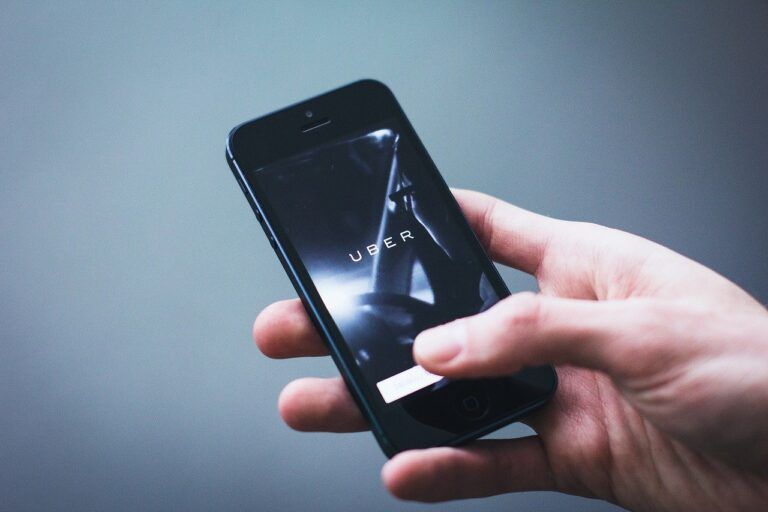The first half of 2020 saw a dramatic drop in demand for personal mobility, as lockdown measures introduced by governments around the world dramatically affected the types and frequency of journeys made, according to new figures released by ABI Research.
Following robust growth of 14% in 2019, the ride-hailing market has faced its first significant disruption this year, with strict controls on personal mobility, combined with a growing concern over shared spaces resulting in a contraction of over 59% in 1H 2020.
“While it might have been expected that growing consumer concerns around shared spaces would push them back into privately owned cars, this has done little to offset the collapse in new vehicle sales. With the near-total disruption of the bricks and mortar retail channel for new vehicles further compounded by a worsening macroeconomic situation it’s a bleak outlook going into 2021,” says James Hodgson, principal analyst at ABI Research
Meanwhile, the ride-hailing market has effectively come to a standstill, with numerous platforms competing for a larger share of an imploding market. After a brief conceding ground to local competitors, Uber has begun to consolidate its position global position, retaining a market share of around 70% in the US and Western Europe, and over 85% in MEA, made possible by the 2019 Careem acquisition.
Similarly, Didi and Grab have maintained a commanding market position in their key markets, with Didi having well over 90% of the Chinese market, and Grab holding 63.5% of the Indonesian market, and almost 75% of the Vietnamese market.

Nevertheless, despite their dominance of the ride-hailing markets in key regions, all these platforms have had to pivot aggressively towards non-ridehailing use-cases, with food and grocery delivery providing some much-needed revenue. Didi launched delivery services in 21 Chinese cities, while Uber reinforced their existing food delivery services via the acquisition of Postmates in July 2020. Food delivery services now account for over half of Grab’s 2020 revenues, with Grab also expanding their GrabMart grocery delivery service from two countries to eight of the countries in which they operate.
This pivot toward delivery services has helped ride-hailing platforms maintain driver engagement with their mobility platforms. “In the longer term, ride-hailing platforms must accommodate consumer and regulator concerns over the integrity of shared public spaces in order to return the core ride-hailing use-case to growth,” Hodgson advises.
When it comes to fighting coronavirus, alongside the usual host of measures in the physical domain, such as distributing hand sanitizer, mandating masks, and protective screens, ride-hailing platforms also have considerable digital levers at their command. For example, Uber has introduced a requirement for riders to send a selfie to prove that they are wearing a mask before their trip request is accepted. More fundamentally, ride-hailing platforms can deliver robust contact tracing, combining their digitized dispatch with their biometrics-based driver ID to systematically record all contact between their drivers and riders.
These findings are from ABI Research’s Vehicle and Mobility market data report. This report is part of the company’s Smart Mobility & Automotive research service, which includes research, data, and ABI Insights. Market Data spreadsheets are composed of deep data, market share analysis, and highly segmented, service-specific forecasts to provide detailed insight where opportunities lie.





